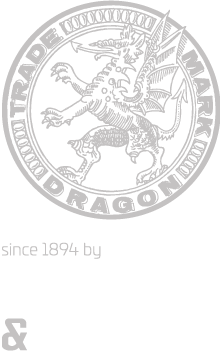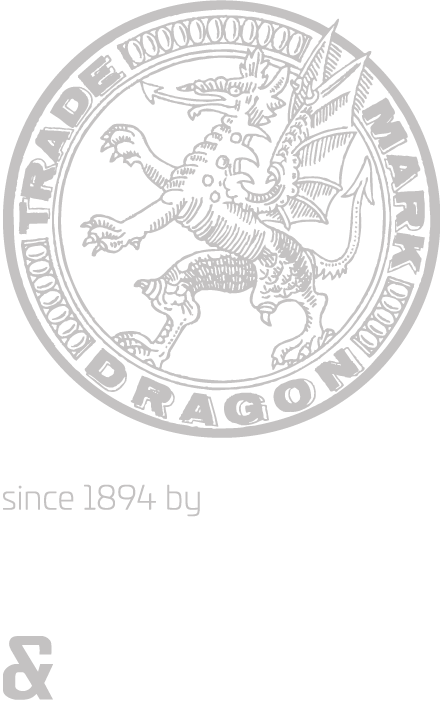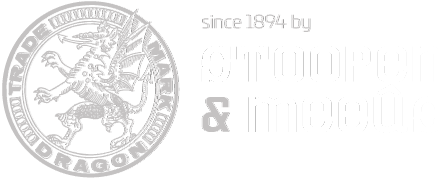DYES
A passion for colour
A dye must be able to bind with the carrier in which it is used. This means the dye will dissolve in the carrier to create the colouring effect. A dye is soluble while a pigment is not. Dyes are always organic compounds.
Dyes have been made from leaves, roots and berries for more than 5000 years. In the meantime, these dyes have been replaced by synthetic versions.
Lots of different dyes exist for just as many different applications. Dyes are usually classified according to their characteristics: a dye can be reactive, dispersed, vat, solvent, acid, basic, direct, metal-complex, etc.
Due to the fact that the dye and the carrier must bind, only a limited number of dyes are suitable for certain applications:
Cotton requires reactive, vat and direct dyes
Leather needs acid and direct dyes
Solvent dyes may be used in candles, petrol, PVC, polyester, etc.
Acid dyes are used to colour wool, fleece, nylon, etc.
Soorten kleurstoffen
A stain dye is a water-soluble dye which can be used to colour wood.
Characteristics
Stain dyes are organic dyes and therefore less stable than many pigments.
Stain dyes exist in very bright tones and are powerful colourants. These dyes are soluble in water as well as solvent.
Product range
Stoopen & Meeûs offers a range of stain dyes, in various hues, such as yellow, red, orange, blue, brown and black.
Use
Wood preservative products such as stains, polish, wood colourants.
Bister is a very old pigment that dates back to the 14th century and was used in manuscripts. In those days it was produced from roasted walnut shells and nowadays from amorphous lignite.
Coloured bister is a composition of bister and a water-soluble dye to create other brown tones.
Characteristics
Bister consists of black chips which are perfectly soluble in water. It’s a cheap pigment for manufacturing brown paper and cardboard. Bister is used in the wood industry as an inexpensive and excellent water-soluble wood colourant that is highly water-resistant after drying.
Coloured bister exists in several colours such as yellow, red, blue, green, brown and black. The colour is always a nuanced version of brown: brown is the effect of the bister, with a hue (yellow, red, etc.) of the colourant.
The UV resistance and weather fastness of coloured bister are lower than regular bister because the organic pigments are not so stable.
Product range
Stoopen & Meeûs has a regular bister in its product range, and also the following coloured bisters: yellow, red, blue, green, brown and black.
Use
Bister is used:
- as a colourant in the paper and cardboard industry,
- for wood preservative products such as stains, polish, wood colourants,
- fertilisers, etc.
A range of special food dyes exist for colouring food. These are mainly dyes which have been approved by the government for use in food.
Some dyes are natural but most are synthetic. These dyes are indicated with an E-number: E100 to E199.
Characteristics
Food dyes are generally water-soluble and UV fastness is reasonable to good.
Product range
Stoopen & Meeûs offers the classic range of E-numbers: Use
These E-numbers are used in food products such as sweets, ice cream, beverages, bakery products, pharmaceutical and cosmetic products, etc.
Solvent dyes are soluble in solvents. These dyes are indicated with a CI, for example SR 24 (Solvent Red 24).
Characteristics
Solvent dyes are soluble in solvents. UV fastness is reasonable.
Product range
Stoopen & Meeûs offers solvent dyes in the following colours: yellow, orange, red, green, blue, brown and black.
Use
Solvent dyes are used in solvents such as oil, candles, alcohol, etc.
A virtually unlimited range of dyes exist for the most diverse applications. These dyes are classified in a number of groups:
- Acid
- Basic
- Direct
- Dispersed
- Food
- Mordant
- Reactive
- Vat
- Sulphur
- Solvent
…
Characteristics
All dyes have very specific properties.
Product range
Stoopen & Meeûs investigates all your requests regarding dyes and makes a customised proposal for the best solution.
Use
Our dyes are used in:
- solvents such as oil, candles, alcohol, etc.
- detergents such as maintenance products, etc.
- textile, cotton, wool, raffia, silk, nylon, etc.
- food products such as sweets, beverages, etc.
- paper, cardboard, etc.
Use of dyes by carrier
Wood treatment products such as stains, polish, varnish, etc. are coloured using:
- Natural oxides: yellow, red, brown, black
- Bistre, coloured bistres
- Synthetic iron oxides: yellow, red, brown, black
- Chrome oxide green
- Cobalt oxide: green, blue
- Ultramarine: blue, violet
- Carbon or soot black
- Titanium dioxide white
- Lead chromate: yellow, orange
- Water-soluble dyes: acid and basic
Solvents such as petroleum products, candles, alcohol, etc. are coloured using:
Solvent dyes
Chemicals such as detergents, etc. are coloured using:
Water-soluble dyes
Food products such as sweets, herbs, etc. are coloured using:
Food dyes
Textile such as cotton, wool, raffia, silk, nylon, leather, etc. is coloured using:
A variety of dyes




